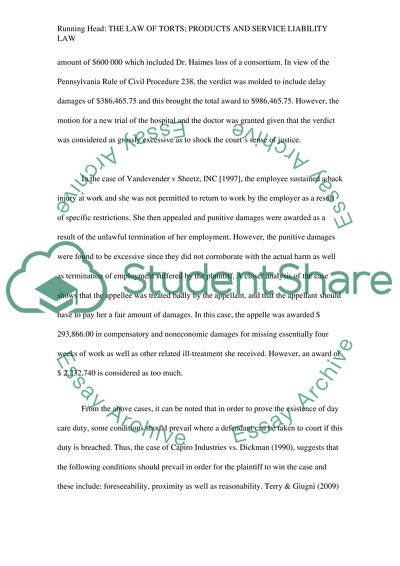Cite this document
(“The Law of Torts, Product and Service Liability Law Assignment”, n.d.)
The Law of Torts, Product and Service Liability Law Assignment. Retrieved from https://studentshare.org/law/1451714-the-law-of-torts-product-and-service-liability-law
The Law of Torts, Product and Service Liability Law Assignment. Retrieved from https://studentshare.org/law/1451714-the-law-of-torts-product-and-service-liability-law
(The Law of Torts, Product and Service Liability Law Assignment)
The Law of Torts, Product and Service Liability Law Assignment. https://studentshare.org/law/1451714-the-law-of-torts-product-and-service-liability-law.
The Law of Torts, Product and Service Liability Law Assignment. https://studentshare.org/law/1451714-the-law-of-torts-product-and-service-liability-law.
“The Law of Torts, Product and Service Liability Law Assignment”, n.d. https://studentshare.org/law/1451714-the-law-of-torts-product-and-service-liability-law.


